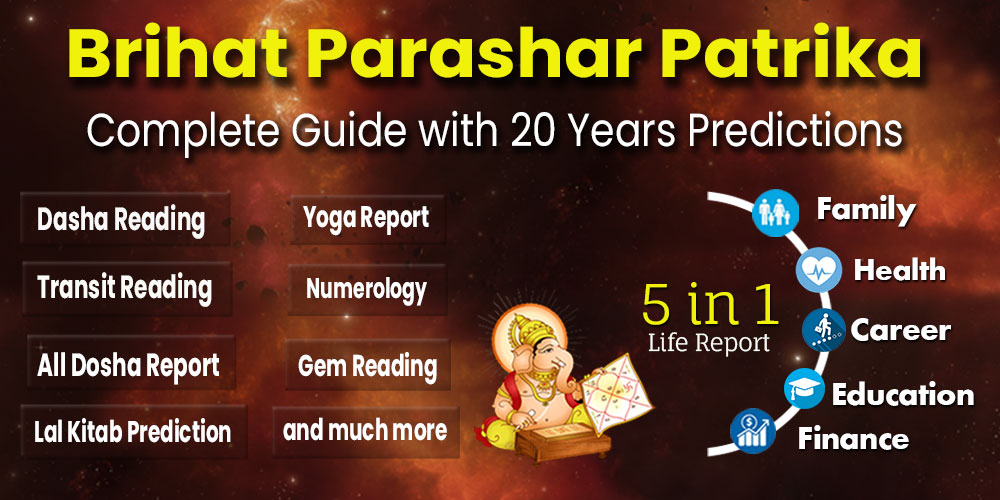Significance
Lohri is a very popular harvest festival, celebrated in the North of India. The spirited festival is celebrated with tremendous enthusiasm by people, who get along with their family and friends on this festive occasion. Lohri can be understood as the Indian version of Thanksgiving. On Lohri, children go from door to door singing folk songs in the praise and honor of Dulha Bhatti, a thief (according to folklore), who helped the downtrodden, sought justice for them and fought for their rights. People give these young visitors sweets and savories. Occasionally, money is also given.
It is these collections by children, which are actually known as Lohri. They are to be distributed among the celebrators during the night. Some of it is also offered to the holy fire. Celebrators throw peanut, popcorn and other food items in the fire, which are symbolic of offerings made to the God of Fire, Agni (in Hindi). Lohri is celebrated to worship fire and mark the end of the biting North-Indian winters. The weather in the northern part of India begins to change from the day Lohri is celebrated, i.e. around January 13, and marks the onset of spring season.
As per the Hindu Solar Calendar, the festival of Lohri falls in the Paush month, which is around January 13, according to the Georgian calendar. At this point in time, the earth is closest to the sun. The festival is celebrated a day before Makar Sakranti, which is the closing of winter season. Traditional songs and dances mark the celebration of this unique Indian festival.
History
There are some interesting socio-cultural and folk-legends connected with Lohri.The festival of Lohri from the tale of Dulla Bhatti, a Muslim highway robber who stayed in Punjab during the reign of Emperor Akbar. Besides robbery, he also rescued Hindu girls being forcibly taken to be sold in slave market of the Middle East. He helped them in getting married to Hindu boys by performing the ceremony following all Hindu rituals and even provided them with dowries. Thereby, though a bandit, he became a hero of all Punjabis. So Lohri song are recited to express gratitude to Dulla Bhatti.
By the end of the first week of January, small groups of boys ring the doorbell of houses and start chanting the Lohri songs related to Dulla Bhatti. In turn, the people give them popcorn, peanuts, crystal sugar, sesame seeds (til) or jaggery (gur) as well as money. Turning them back empty-handed is regarded inauspicious.
Some believe that Lohri has derived its name from Loi, the wife of Sant Kabir, for in rural Punjab Lohri is pronounced as Lohi. Others believe that Lohri comes from the word 'loh', a thick iron sheet tawa used for baking chapattis for community feasts. Another legend says that Holika and Lohri were sisters. While the former perished in the Holi fire, the latter survived. Eating of til (sesame seeds) and rorhi (jaggery) is considered to be essential on this day. Perhaps the words til and rorhi merged to become tilorhi, which eventually got shortened to Lohri.
Determination of Date
This festival is celebrated specially in Punjab on the day of Makar Sankranti.
How to Celebrate:
The menfolk of the villages perform bhangra on this day.Bhangra is an energetic dance associated with the ripening of crops. The dance manifests the vigor and vitality and exuberance of the people, in anticipation of money coming in after the cutting of a good harvest. During Lohri celebration, the drum plays a very important part. It provides the basic accompaniment to most of folk music. There are specific folk songs that is sung during the festival of Lohri.
In the morning, children move from door to door singing:-
"Dabba bharaya leera da"
"Ai ghar ameera da"
Translation: Box filled of cloths strips, this house is of the rich.
And those who weren't that generous had to face a bunch of kids chanting the following:
"Hukka bhai Hukkaa"
"Ai ghar bhukka"
Translation: Hukka! Oh! Hukka!..this house is full of misers!
BONFIRE CELEBRATION
People gather around the bonfire. They sing and dance around the fire. Friends and relatives exchange gifts and greetings. They even throw sweets, puffed rice and popcorn into the fire. A puja is performed beside the bonfire and the "Prasad" includes six main things : til, gazak, gur, moongphali, phuliya and popcorn. Prasad is distributed to everyone. This symbolizes a prayer to Agni, the spark of life, for abundant crops and prosperity.
